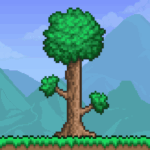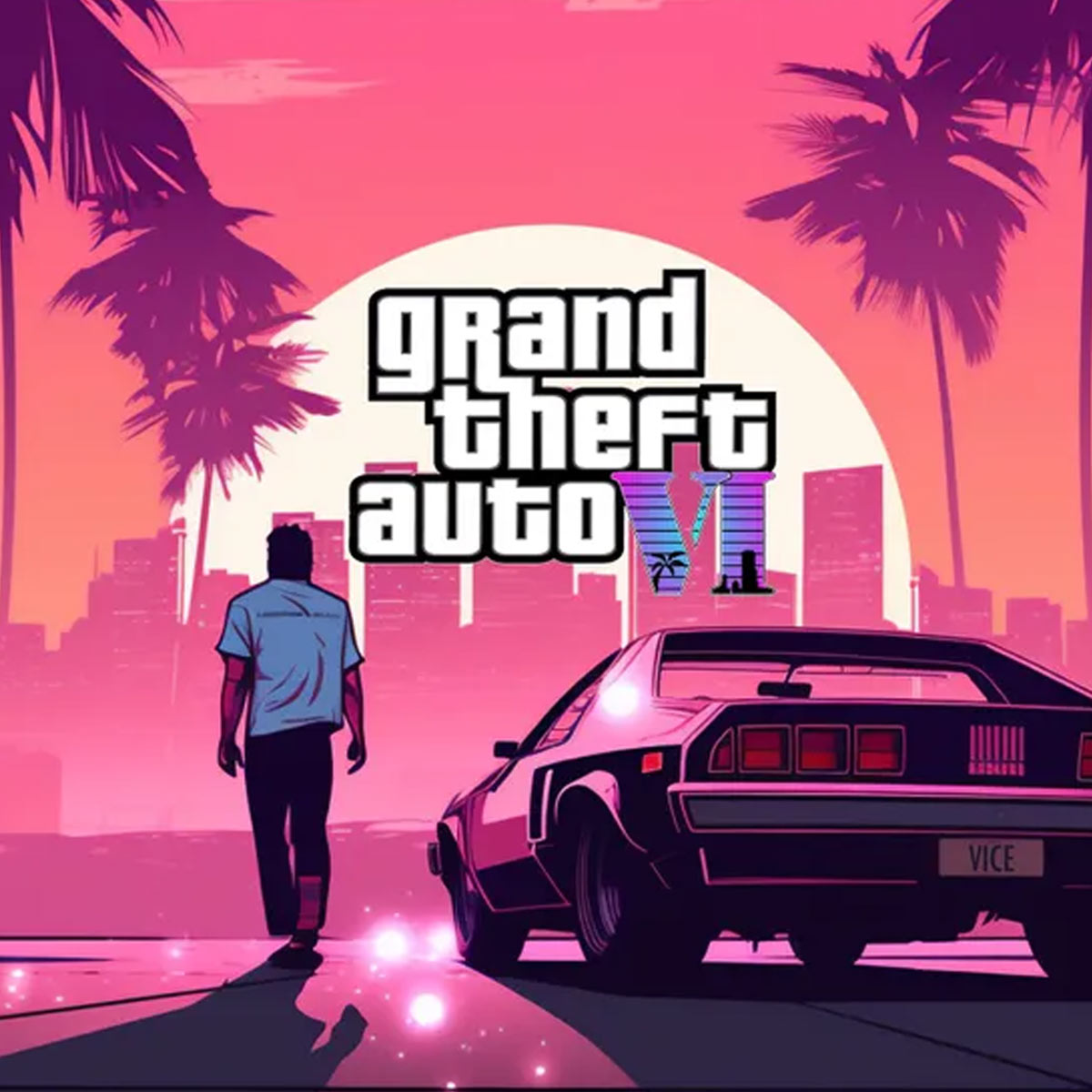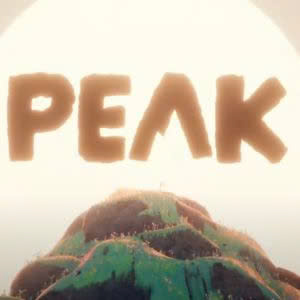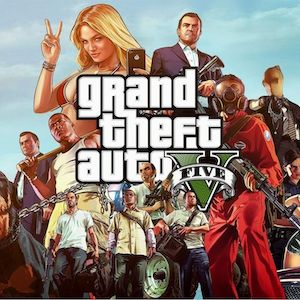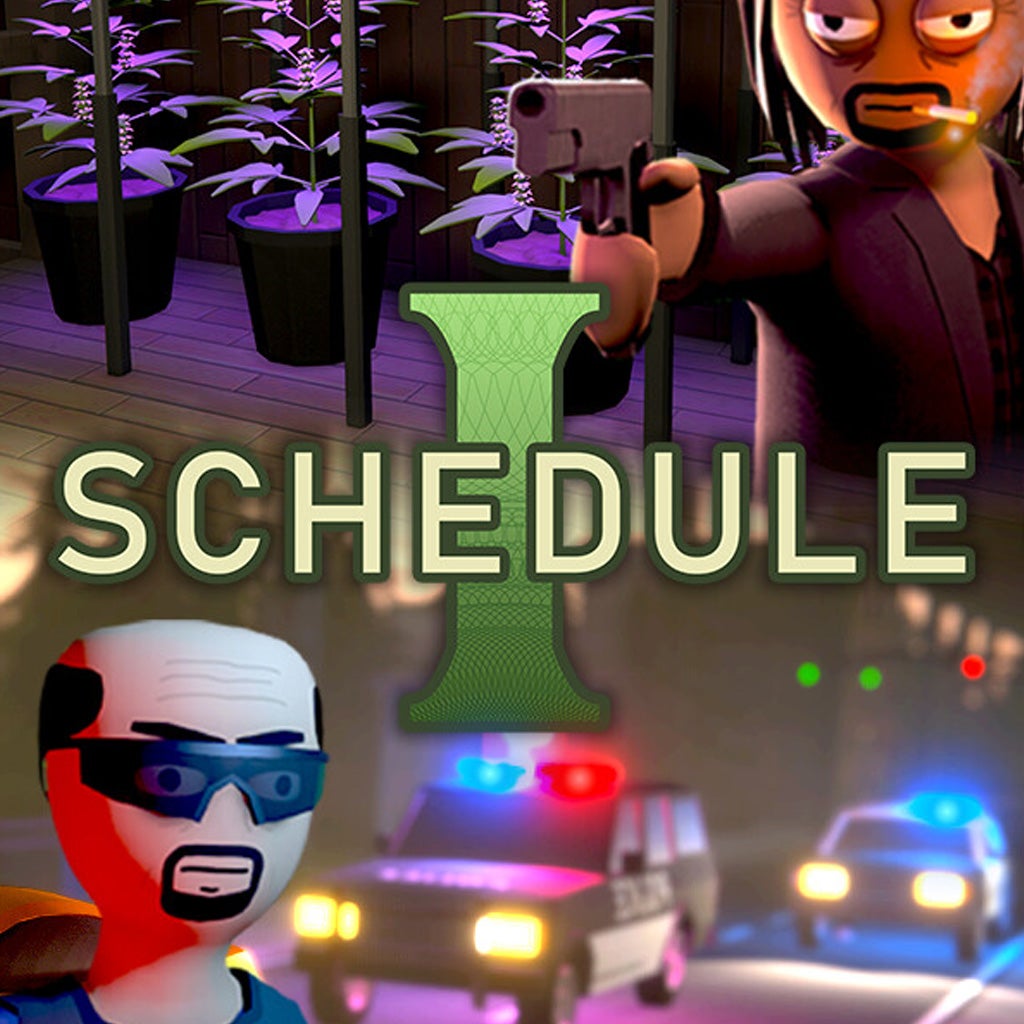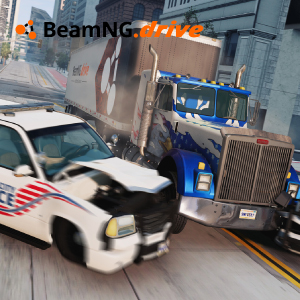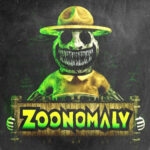Poppy Playtime: A Deep Dive Into the Horror Phenomenon of Modern Indie Gaming
What is Poppy Playtime?
Poppy Playtime is an episodic horror-puzzle adventure game developed by MOB Games that has rapidly gained a strong cult following since its initial release in October 2021. Set in an abandoned toy factory called Playtime Co., the game blends psychological horror with immersive puzzle-solving mechanics and a mysterious storyline. The main antagonist, Huggy Wuggy, quickly became a viral sensation, driving millions of views on platforms like YouTube and TikTok. Designed to capture the nostalgic aesthetics of the 1980s-1990s toys while introducing chilling atmospheres and gameplay, Poppy Playtime appeals to both casual and hardcore gamers.
At its core, the game is about exploration and uncovering secrets in a dark and eerie environment. The player takes on the role of a former employee who returns to the factory after receiving a cryptic message from long-missing staff members. As you traverse the factory, you encounter terrifying toys brought to life, each chapter introducing new threats and puzzles that build the lore and deepen the mystery behind Playtime Co.
The Origin and Development of Poppy Playtime
Poppy Playtime was developed by MOB Games, a small indie studio led by Isaac Christopherson. What started as a passion project quickly turned into a viral sensation, thanks to its innovative gameplay mechanics and the uniquely terrifying toy designs. The idea was to create a horror experience that didn’t rely on gore or jump scares alone but rather atmospheric tension, storytelling, and interactive exploration.
Development began around early 2021, and the first chapter was released on Steam for PC players. Due to the overwhelming response and positive reception, the developers decided to expand the game into multiple chapters. Each new release was built on Unreal Engine 4, ensuring high-quality graphics, sound design, and immersive environments. MOB Games continues to refine and build upon the game’s structure based on community feedback.
Chapter 1: A Tight Squeeze – The Rise of Huggy Wuggy
Chapter 1 introduces players to the core mechanics of the game, including the GrabPack, a versatile tool that allows for puzzle-solving and interacting with the environment. The main highlight of this chapter is Huggy Wuggy, a tall blue toy with sharp teeth and a haunting stare, who chases players through narrow corridors in a terrifying sequence that set the internet ablaze.
This chapter effectively establishes the setting, narrative tone, and gameplay loop. It’s a concise but thrilling experience that left players craving more. The design of Huggy Wuggy was especially lauded for its creepy yet oddly charming look, spawning memes, merchandise, and even fan animations.
Chapter 1 serves as an excellent introduction, combining exploration, minimal but effective puzzles, and sudden shifts in tone to keep players on edge. The pacing is brisk, and while short, it’s highly replayable due to the number of hidden VHS tapes and lore items scattered throughout the map.
Chapter 2: Fly in a Web – Introducing Mommy Long Legs
In Chapter 2, players continue their journey deeper into Playtime Co., this time exploring the Game Station. Here, a new antagonist is introduced—Mommy Long Legs, a stretchy, pink spider-like toy who lures players into deadly games. The theme of corrupted childhood innocence becomes more prominent as the puzzles become more complex and the world-building intensifies.
Chapter 2 expands the gameplay considerably. There are more elaborate puzzles, increased interactivity, and a deeper narrative structure. The Game Station itself is a central hub from which players access different game areas, each with unique objectives and escalating tension.
Mommy Long Legs stands out not only for her grotesque appearance but also for her psychologically manipulative behavior. Her dialogue oscillates between playful and sinister, heightening the sense of dread. This chapter shows the developers’ growth in storytelling and design, offering a more cinematic and emotionally engaging experience.
Chapter 3: Deep Sleep – Psychological Horror and Lore Expansion
Chapter 3, titled "Deep Sleep," shifts the focus toward more psychological horror elements. This chapter dives deeper into the tragic history of Playtime Co. and its ethically dubious experiments involving orphaned children and sentient toys. The game begins to blur the line between fantasy and reality, pulling players into a more emotionally haunting narrative.
A new villain, CatNap, is introduced—a seemingly gentle feline toy who operates as a deceptive figure hiding a darker intent. The puzzles in this chapter require a mix of logical deduction, timing, and exploration. Chapter 3 also introduces new areas such as the Nursery and the Sleep Labs, each designed with chilling detail.
As players learn more about the factory’s history, the emotional weight of the story increases. Tapes and recordings found in this chapter reveal a deeper conspiracy involving corporate greed, lost innocence, and manipulated childhood memories. The immersive sound design and visual storytelling elevate Chapter 3 as a standout moment in the series.
Gameplay Mechanics: Innovation in Horror Puzzle Design
Poppy Playtime stands out among indie horror games due to its innovative gameplay. The primary mechanic is the GrabPack—a dual-hand device that allows the player to grab, swing, conduct electricity, and solve puzzles. This tool adds both a mechanical and narrative layer to the gameplay, making players feel more involved and empowered.
Puzzle variety is another strength. They range from simple plug-and-power circuits to complex memory games and environment-based riddles. The game manages to keep things fresh by integrating puzzles seamlessly into the world rather than making them feel like isolated minigames.
Mobility also plays a role in the horror tension. Players must crouch, sprint, or use their GrabPack to traverse areas, often while being hunted. This mix of action and puzzle-solving creates a balanced gameplay loop that keeps the player both challenged and immersed.
Visual and Sound Design: Creating Atmosphere
The visual style of Poppy Playtime is inspired by 90s toys and media, mixing bright colors and child-friendly designs with grim industrial backdrops and dark corridors. This contrast creates a unique aesthetic that amplifies the horror element. Environments are detailed, with old posters, graffiti, broken toys, and VHS monitors adding depth to the world.
Sound design is arguably one of the game’s strongest elements. The ambient music, character voice-overs, and sound effects all contribute to a deeply immersive experience. The creaking of metal doors, the echo of footsteps, and the sudden shift to chase music when an enemy appears are all expertly crafted to build tension.
Voice acting adds personality to the characters, making them feel more real and unsettling. The use of old-school jingles and distorted toy voices evokes nostalgia while simultaneously making players uncomfortable—a perfect blend for horror.
Cultural Impact and Popularity
Since its release, Poppy Playtime has had a massive cultural impact. Its characters have become viral sensations, especially Huggy Wuggy and Mommy Long Legs. Content creators across YouTube, Twitch, and TikTok have made countless videos, from playthroughs to theories and fan animations.
The game’s success has extended beyond digital platforms. Merchandise such as plush toys, apparel, and even Halloween costumes have become common. Its influence on pop culture can be seen in the rise of horror games featuring twisted versions of childhood figures.
Poppy Playtime’s appeal to both younger and older audiences has helped bridge the gap between casual and hardcore horror fans. The developers have capitalized on this with strategic content releases and teasers, keeping the community engaged and speculating between chapters.
Pros and Cons of Poppy Playtime
Pros
-
Innovative mechanics with the GrabPack
-
High-quality visual and sound design
-
Deep, engaging narrative
-
Memorable characters and antagonist design
-
Strong replay value with collectibles and secrets
Cons
-
Chapters are relatively short
-
Puzzle difficulty can vary inconsistently
-
Some technical issues on release
-
Gaps between content updates
Future of the Franchise
The future of Poppy Playtime looks bright. MOB Games has confirmed ongoing development of future chapters and additional media content, including animations and spin-off games. A mobile port has already been released, and console versions are in development.
There are also rumors of a Poppy Playtime animated series or movie in collaboration with entertainment studios. Given the game’s storytelling depth and fanbase, such expansions seem natural. New characters, locations, and gameplay mechanics are expected in Chapter 4 and beyond.
MOB Games is also exploring more interactive elements, possibly including multiplayer modes or sandbox environments. As the franchise grows, it’s likely to become a staple in the horror gaming genre for years to come.
Conclusion
Poppy Playtime is more than just a horror game—it’s a storytelling experience, a nostalgic trip turned nightmare, and a creative leap for the indie gaming community. With its clever mechanics, compelling characters, and deepening narrative, it continues to capture the imagination of gamers around the world. Though it has its flaws, the overall experience is unique and memorable.
Whether you’re a fan of horror, puzzles, or just looking for a game with heart and originality, Poppy Playtime delivers a chilling, thought-provoking experience. It’s not just a game—it’s a phenomenon that continues to evolve with each new chapter.











